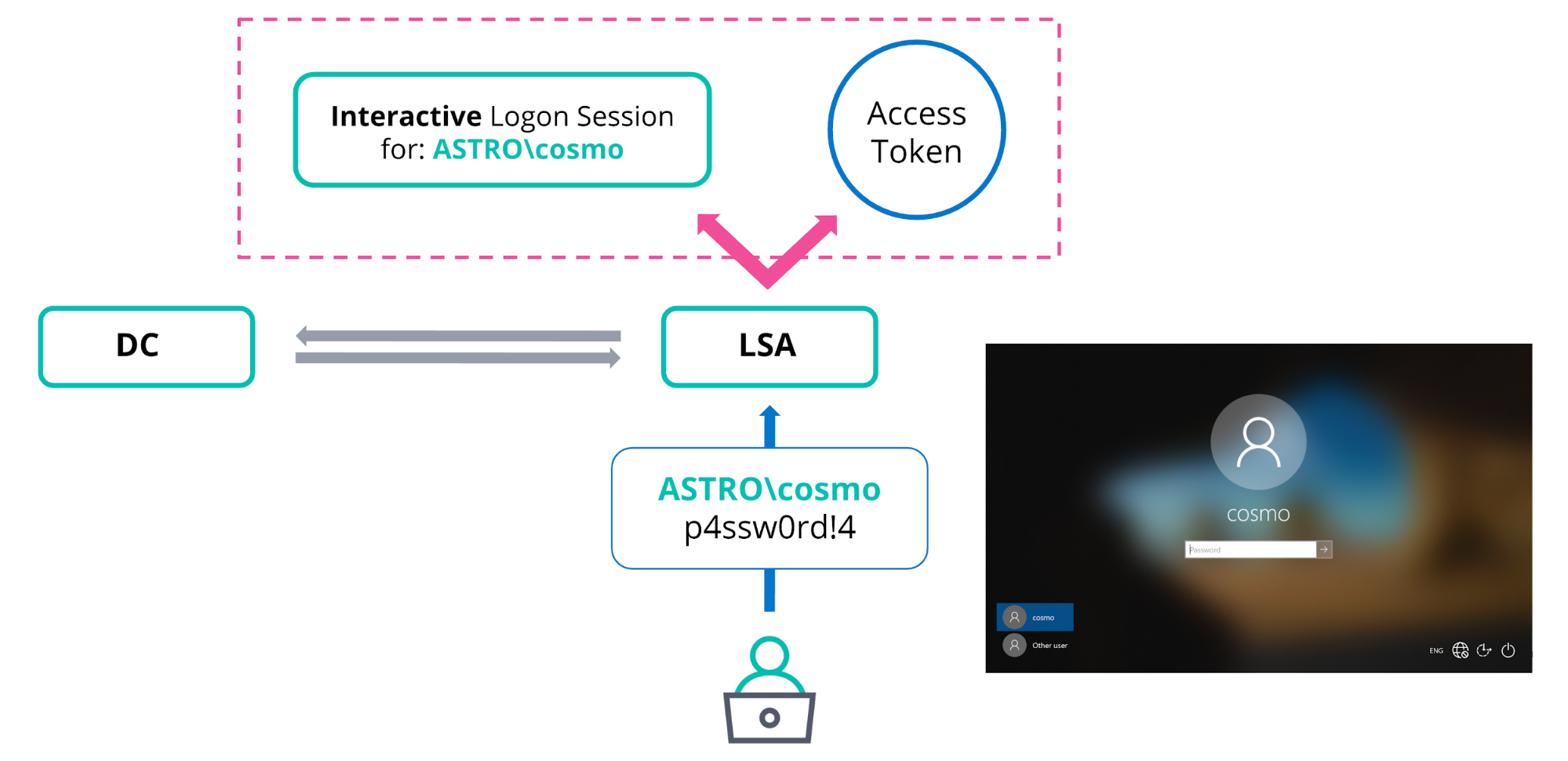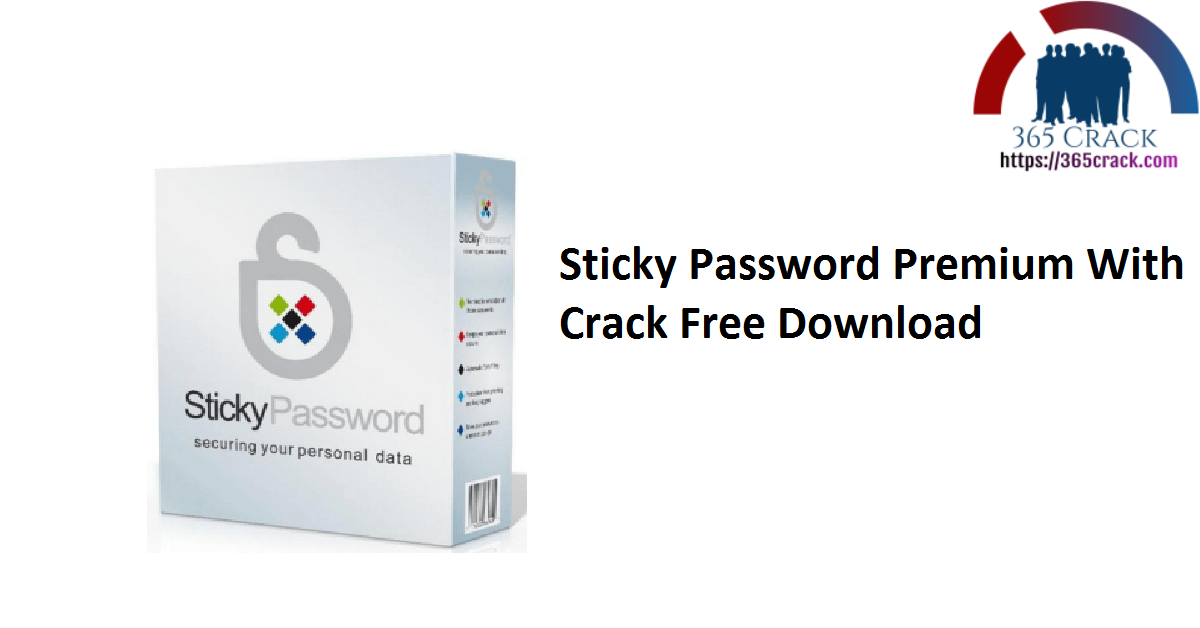

See the OWASP Authentication Cheat Sheet. Once an authenticated session has been established, the session ID (or token) is temporarily equivalent to the strongest authentication method used by the application, such as username and password, passphrases, one-time passwords (OTP), client-based digital certificates, smartcards, or biometrics (such as fingerprint or eye retina). Therefore, current web applications can provide session capabilities both pre and post authentication. This ensures the ability to identify the user on any subsequent requests as well as being able to apply security access controls, authorized access to the user private data, and to increase the usability of the application. Additionally, web applications will make use of sessions once the user has authenticated. An example would be maintaining the user language preference. Web applications can create sessions to keep track of anonymous users after the very first user request.

Therefore, sessions provide the ability to establish variables – such as access rights and localization settings – which will apply to each and every interaction a user has with the web application for the duration of the session. Modern and complex web applications require the retaining of information or status about each user for the duration of multiple requests. Web Authentication, Session Management, and Access Control:Ī web session is a sequence of network HTTP request and response transactions associated with the same user. Session Management Cheat Sheet ¶ Introduction ¶ Logging Sessions Life Cycle: Monitoring Creation, Usage, and Destruction of Session IDs Session ID Guessing and Brute Force Detectionīinding the Session ID to Other User Properties Renew the Session ID After Any Privilege Level ChangeĬonsiderations When Using Multiple CookiesĪdditional Client-Side Defenses for Session Managementįorce Session Logout On Web Browser Window Close Events Manage Session ID as Any Other User Input Session ID Generation and Verification: Permissive and Strict Session Management You can create API keys from the Twilio Console or with the REST API.Insecure Direct Object Reference Preventionīuilt-in Session Management Implementations This is how the AccessToken will tie a user's activity to a specific Twilio account. Step 1: Find your Account SIDĮvery Access Token requires your Account SID, which you can find in your Twilio Console. You can use one of Twilio's Helper Libraries to create Access Tokens quickly and programmatically. Twilio Access Tokens are based on the JSON Web Token standard. It is the result of hashing the JWT header and payload together with your API key secret, which should only be known to your application and Twilio. The signature section is a signed hash that serves to prove the authenticity of the token. Grant properties and values will depend on the Twilio product and the needs of your specific use case.(See the Grants section below for more information.) grants is the list of permissions that the token grants.exp is the timestamp at which the token will expire.nbf is an optional timestamp, before which the token will NOT be accepted.iat is the timestamp at which the token was issued.sub is the SID of the Twilio Account to which access is scoped.iss is the issuer - the API key containing the secret used to sign the token.The default helper library implementation includes the SID of the API key used to generate the token, and a unique random string. Your application can choose this identifier. jti is a unique identifier for the token.The payload section describes the authorization granted: "service_sid": "ISxxxxxxxxxxxxxxxxxxxxxxxxxxxxxxxx" "iss": "SKxxxxxxxxxxxxxxxxxxxxxxxxxxxxxxxx", "jti": "SKxxxxxxxxxxxxxxxxxxxxxxxxxxxxxxxx-1450471147",


 0 kommentar(er)
0 kommentar(er)
